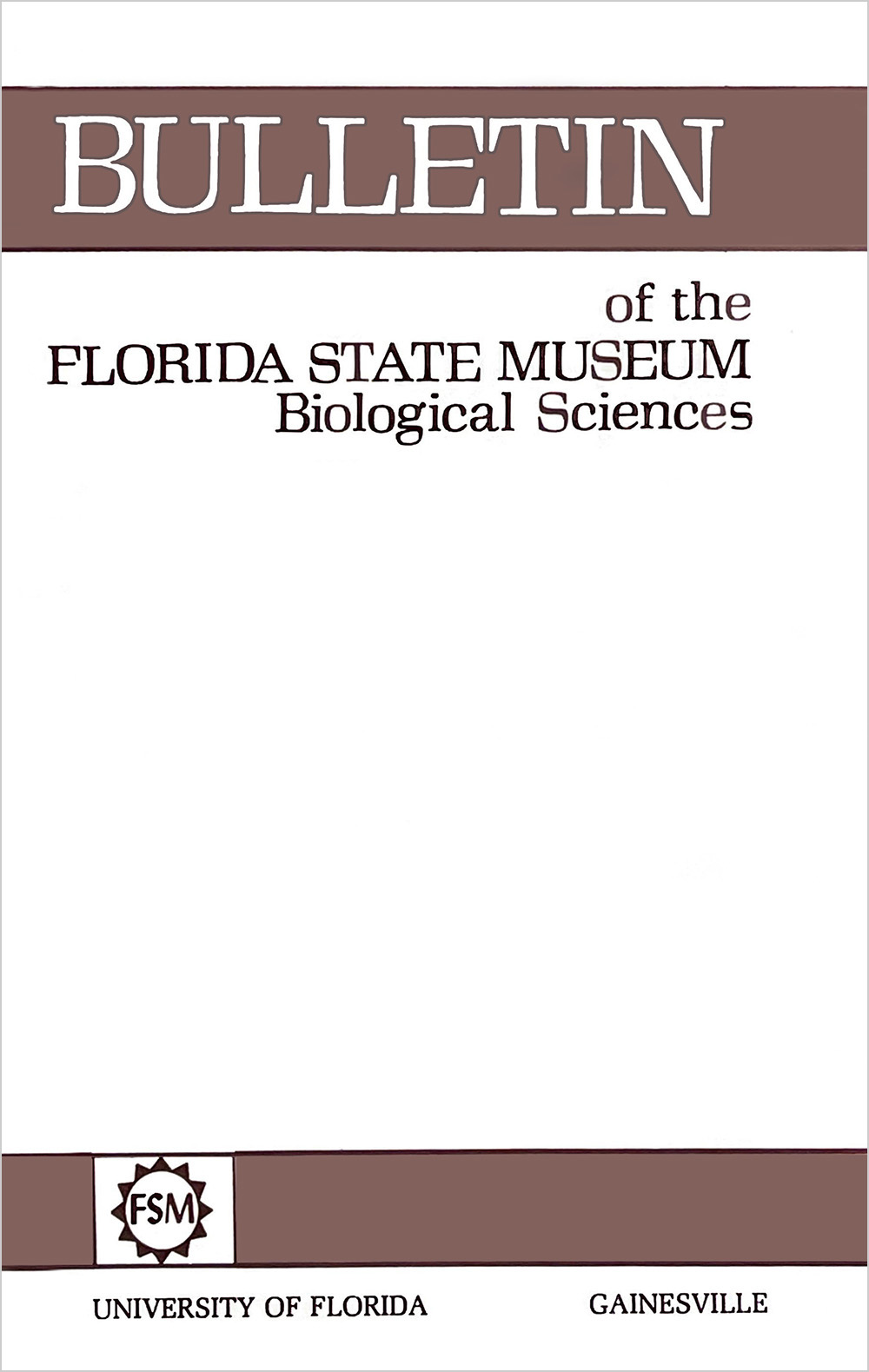Nannippus phlegon (Mammalia, Equidae) from the Pliocene (Blancan) of Florida
DOI:
https://doi.org/10.58782/flmnh.kian6591Abstract
Dental and postcranial remains of the three-toed horse, Nannippus phlegon, are described from four localities in Florida: Santa Fe River, Haile XVA, Sarasota, and Port Charlotte. As is the case elsewhere in North America, the presence of N. phlegon at these Florida localities appears to indicate a Blancan age, which spans a time interval from about 4.5 to 2 million years ago. Specimens of N. phlegon from Florida are similar to those found elsewhere in North America, e.g. the typotypic material from Mt. Blanco in the Texas Panhandle. Diagnostic characters of N. phlegon include: small and gracile stature, no preorbital facial fossa, elongate rostrum and symphysis, very hypsodont teeth, cement relatively thick above oval border, oval protocones, moderately complex enamel plications, deep ectoflexids, ectoparastylid absent, metapodials tridactyl and elongate, and trapezium absent. Postcranial remains demonstrate that N. phlegon was a functionally advanced and highly cursorial "antelope-like" hipparion. Several derived characters are presented here to support the hypothesis that a morphocline, which also is interpreted to represent an ancestral-decendent sequence, proceeds from N. minor (particularly from the Bone Valley district) to N. beckensis (from the early Blancan of Texas) to N. phlegon.

